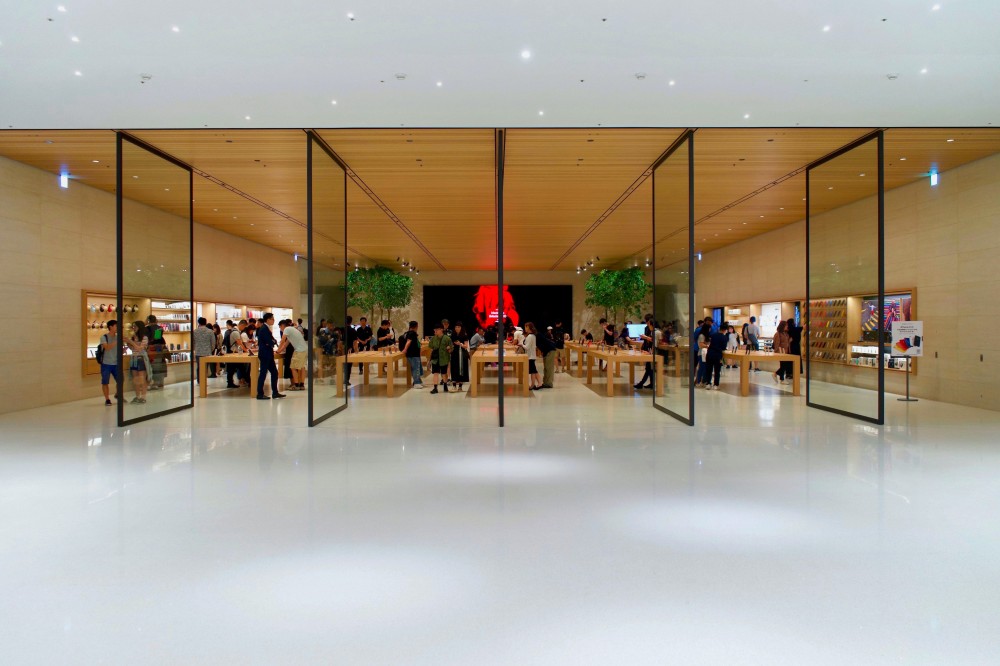The adoption of e-commerce has presented consumers with the benefits of a customised shopping experience. While data processing for personalised browsing can sometimes be controversial, the benefits for consumers are clear. The speed with which it is now possible to find products and brands that suit the individual needs of each consumer puts the e-commerce channel at an advantage compared to physical commerce. However, regardless of the sales channel, 80% of consumers expect a personalised experience throughout their shopping journey.
When opting for the physical channel, consumers are looking for a truly differentiating experience, which is in no way inferior to the one they can get online. Stores are expected to move from being transactional places to discovery opportunities where consumers can experience new products and services with advice and guidance from in-store teams. 41% of consumers expect staff to know their preferences and purchase history, however, only 19% of consumers have experienced this type of personalised customer experience.
A personalised service not only brings benefits to consumers, but also contributes positively to sales for brands and retailers. 40% of consumers in the United States say they have bought something more expensive than initially planned because of an experiential shopping experience in retail stores.
This is only possible with investment in training teams, focusing on product knowledge and customers’ profiles. Thus, teams become capable of finding the perfect combination between the need to be satisfied and the product to be offered – this new level of customisation is called hyper-personalisation.
Personalisation as a business growth driver
To win the preference of consumers, there are many strategies that retailers and brands can pursue. Differentiated product selection, pricing models and promotions are effective options to gain market share, however, only in the short-term. These strategies are not sustainable as they can be easily mimicked by the competition.
The strategy of personalising customer service on a large scale creates a long-term competitive advantage that helps to build loyalty in existing customers and win new segments. 95% of retail CEOs see the personalisation of the shopping experience as one of their strategic priorities. However, only 23% of consumers think retailers are successful with personalisation.
The challenges of in-store hyper-personalisation
While online consumers receive emails, alerts and ads that are targeted to their tastes and needs, within the physical channel they face generic displays, product layouts and a lack of recommendations that are personalised to their preferences.
Given the key role that technology plays in personalising the online world, many retailers assume that for the physical channel large investments must be made for in-store digitalisation with long payback periods. This perception is discouraging and ultimately delays personalisation efforts.
The success of in-store personalisation depends mainly on the teams with technology playing the role of facilitator. Customer service staff have a responsibility to use the data they are given about customers, and improve it based on their local knowledge and past interactions. To improve the quality of the data they are provided with, it is also up to in-store associates to educate and encourage customers to use the tools that enable them to improve their experience and enrich their knowledge of shopping patterns.
Personalisation is thus an omnichannel effort, enriched with data and experiences from the different purchasing channels. The synergies generated by combining the different knowledge sources will make it possible to offer the customer the best possible experience – regardless of the channel chosen.
Transparency and sharing of the initiatives taking place in each channel is key for the collaboration in customising efforts. If collaboration between different channels is properly implemented towards personalisation, retailers can expect revenue increases of between 10-15%, with 3-5% growth in new customer acquisition and 5-10% improvement in customer satisfaction as well as reduced marketing costs of between 10 and 30%.
The four core values for an in-store personalised customer experience
To provide a valuable and personalised experience to each customer, retailers must:
- Free up the time of store teams
If in-store teams are key to personalising the experience in the physical channel, it is necessary to ensure their availability during opening hours. To achieve this, retailers should start by working on in-store operational efficiency, eliminating the muda of administrative tasks and concentrating support tasks during off-peak periods. If it is not possible to transition processes to off-peak, support activities should have dedicated resources, freeing up the remaining resources for exclusive customer service. This not only increases productivity by eliminating set-up between different tasks, it also provides a higher quality of service. - Incorporate omnichannel knowledge
Each channel has different opportunities to gather data and insights regarding customers, which if combined and shared with different teams, will enable them to optimise each shopping journey. Retailers must breakdown functional silos between different channels and treat customer knowledge as a valuable asset that benefits the entire organisation. Daily team management routines should include moments to share customer information that can provide insights into the approach to be taken. - Focus on one-to-one personalisation
Cluster-based personalisation approaches are necessary when there is a large volume of data which it is necessary to find similarities in that lead to a strategy. However, these clusters should not be the only guideline for in-store personalisation. In this channel, teams can take advantage of their knowledge of customers’ routines and tastes, improving interactions and providing real value in recommendations and in-store support, moving towards one-to-one personalisation. - Empower employees to deliver differentiating experiences
The ability to deliver a personalised customer experience depends largely on the knowledge that each team has on the products, their use, and the available alternatives. Ensuring this knowledge in an industry with high turnover can be a challenge. Retailers should ensure a robust staff training programme, not only at the time of on-boarding, but also on a regular basis.
Design and maximize personalisation programmes
Customers expect in-store staff to be aware of their preferences and be able to share the characteristics of suggested products. Customer service training is a priority and standards can be improved by incorporating local and cultural specificities, making the customer feel at home.
To maximise the results of personalisation programmes, and to reach the estimated benefits, the personalisation effort should be cross-organisational. By starting with the existing customer segment, retailers can quickly achieve a return on their investment, 3x faster than for mass promotion campaigns.
By learning and optimising customisation processes for existing customers, the transition to new customer acquisition will be easier. Only retailers that can implement an omnichannel personalisation strategy can call themselves truly customer-centric retailers.
#retail #operations
See more on Retail
Find out more about transformation in this sector
See more on Operations
Find out more about improving this business area

